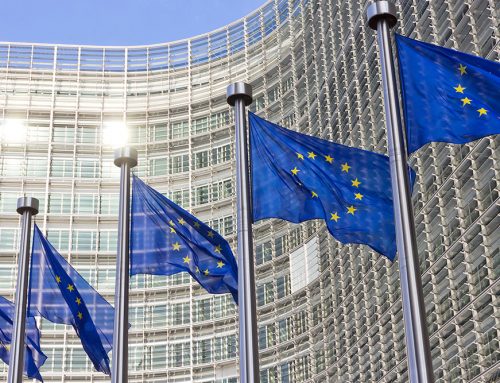Although some improvements have been made in the EU – predominantly in the area of education – Europe still has a long way to go to achieve real equality for Roma. Marginalisation persists, and many Roma continue to face a combination of disproportionate discrimination, antigypsyism and socioeconomic exclusion in their daily lives.
Therefore, the European Commission has today adopted a new 10-year plan, including a proposal for a Council Recommendation, to support Roma in the EU with focus on seven key areas: equality, inclusion, participation, education, employment, health, and housing. “Simply put, over the last ten years we have not done enough to support the Roma population in the EU. This is inexcusable. Many continue to face discrimination and racism. We cannot accept it. Today we are relaunching our efforts to correct this situation, with clear targets and a renewed commitment to achieve real change over the next decade,” says Věra Jourová, Vice-President for Values and Transparency.
For each area, the Commission has put forward new targets and recommendations for Member States on how to achieve them, both of which will serve as important tools to monitor progress and ensure that the EU makes more headway in providing the vital support that so many Roma living in the EU still need. “For the European Union to become a true Union of Equality we need to ensure that millions of Roma are treated equally, socially included and able to participle in social and political life without exception. With the targets that we have laid out in the Strategic Framework today, we expect to make real progress by 2030 towards a Europe in which Roma are celebrated as part of our Union’s diversity, take part in our societies and have all the opportunities to fully contribute to and benefit from political, social and economic life in the EU,” explains Helena Dalli, Commissioner for Equality.
While the aim is full equality, the Commission has proposed minimum targets for 2030, such as reducing the poverty gap between Roma and general population by at least half; cutting the gap in participation in early childhood education by at least half; cutting the employment gap and the gender employment gap by at least half; reducing the gap in housing deprivation by at least one third; ensuring that at least 95% of Roma have access to tap water, and many more.
The Commission is providing guidance for Member States and has set out a list of measures to be taken by Member States in order to speed up progress towards Roma equality, inclusion and participation. The guidance and measures range from developing support systems for Roma victims of discrimination, to awareness raising campaigns in schools, supporting financial literacy, promoting the employment of Roma in public institutions, and improving access to quality medical check-ups, screening, and family planning for Roma women.
The new 10-year plan for equality, inclusion and participation of Roma in the EU is available here.



